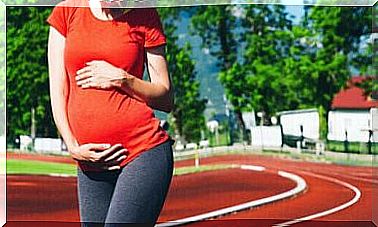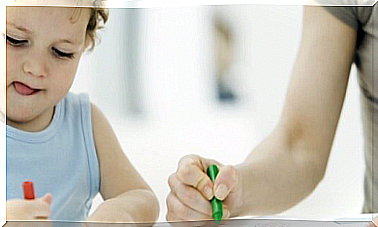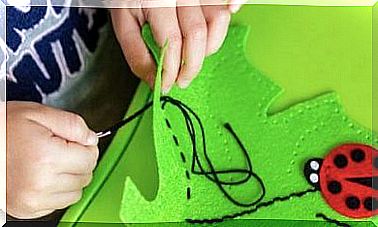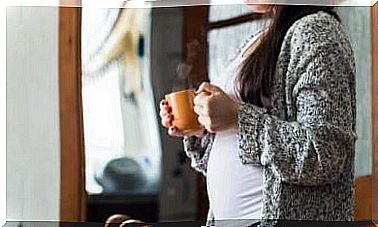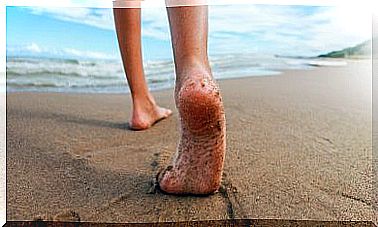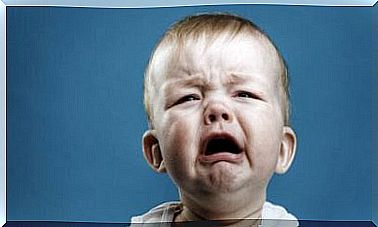Tips For Sterilizing Baby Bottles
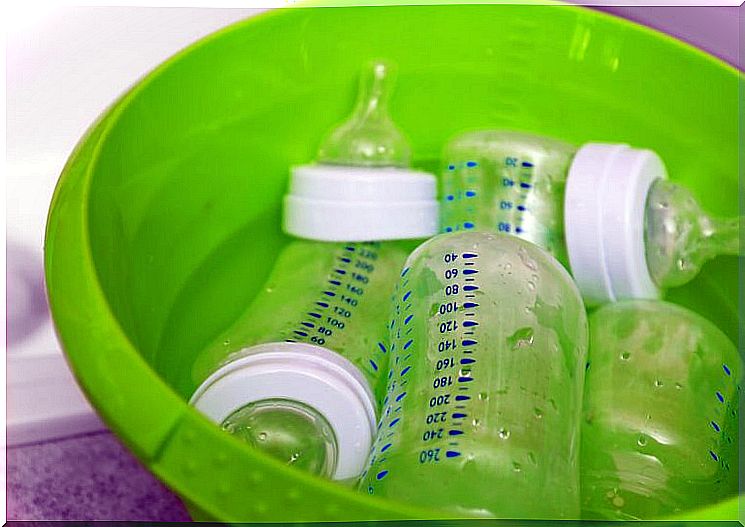
The arrival of a newborn is a great joy for the parents, but it also comes with responsibility. One of the most important aspects is feeding, and that includes sterilizing baby bottles and pacifiers.
The World Health Organization emphasizes the importance of breastfeeding during the first months, but many mothers prefer not to breastfeed or can not for various reasons. Then you have to turn to infant formula, which is given via baby bottles.
The answer is yes. When babies are born, they do not have fully developed immune systems. This means that they do not have the necessary defenses to prevent vomiting, infections and diarrhea. That’s why it’s so important to sterilize baby bottles.
There are many ways to do this, and everyone is effective in their own way. Before handling baby bottles, it is important to wash your hands with soap and water so as not to transfer bacilli to them.
Here are the most common ways to sterilize baby bottles:
1. Sterilization with boiling water
This is one of the most economical methods and is available to everyone. Boil the water in a saucepan and put down bottles, pacifiers, etc. It is the most economical solution, but not the fastest.
Leave the bottles in the boiling water for about 20 minutes. Once the bottles have been sterilized, they must be used immediately, otherwise the effect of the sterilization will be lost.
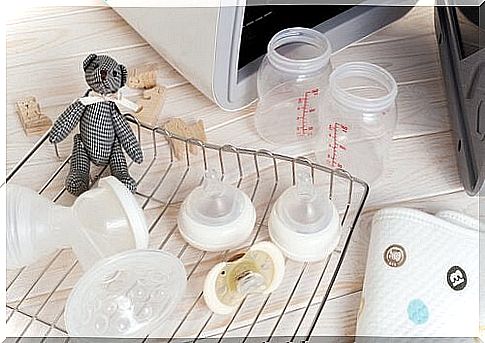
2. Electric steam sterilizer
There are many electric steam sterilizers on the market. You can find them in different sizes, but usually for 4-6 bottles at a time. They are very useful because they disinfect several products at the same time.
The electric steam sterilizer is very easy to use. Just place the bottles in the appliance and click the start button. When the sterilization is complete, they can be stored in the same container in which they were sterilized.
3. Bottle sterilizer for microwave oven
This one is also the most practical and popular for sterilizing baby bottles. To use it, wash the bottles, place them in the sterilizer, add water and take them to the microwave.
They are light and economical. They vary in capacity, usually 2-6 bottles. They can also sterilize pacifiers and other things the baby uses. They are cheap and you only need a microwave to use them.
4. Chemical bottle sterilization
It is also called cold sterilization, and involves dissolving a tablet in cold water, which sterilizes the water. The big disadvantage of this is that it takes a long time – around 30-60 minutes.
However, they are easy to use and highly recommended for families who travel frequently. They do not require electricity and do not pose a risk because the process is carried out with cold water.
5. Self-sterilizing bottles
These are very practical when you do not have other sterilization methods at hand. You just pour water into the bottle and set it in the microwave. They are not expensive and are helpful in many situations.
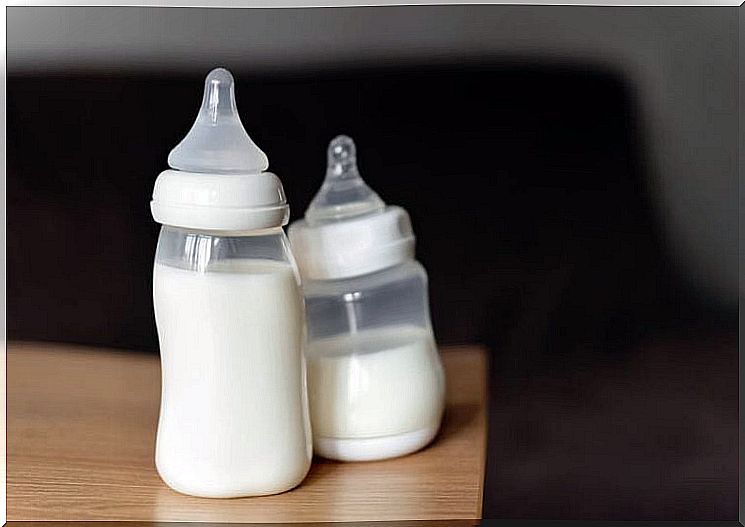
A good tip to remember to preserve the sterilizer is to make sure there is no water left on the bottom. Before placing bottles and pacifiers in a sterilizer, they should be dried well, as bacteria grow in humid environments.
After using the appliance you have selected, it is also important to wait until it has cooled down. Be sure to remove water to keep it clean and dry.
Once a week, it is recommended to thoroughly clean the inner grilles and lid of the sterilizer. You can also use some alcohol on the outside.
Finally, it is good to make a mixture of water and white wine vinegar every month. You pour this into the sterilizer and turn it on. The vinegar has a disinfectant effect and cleans the sterilizer thoroughly.


